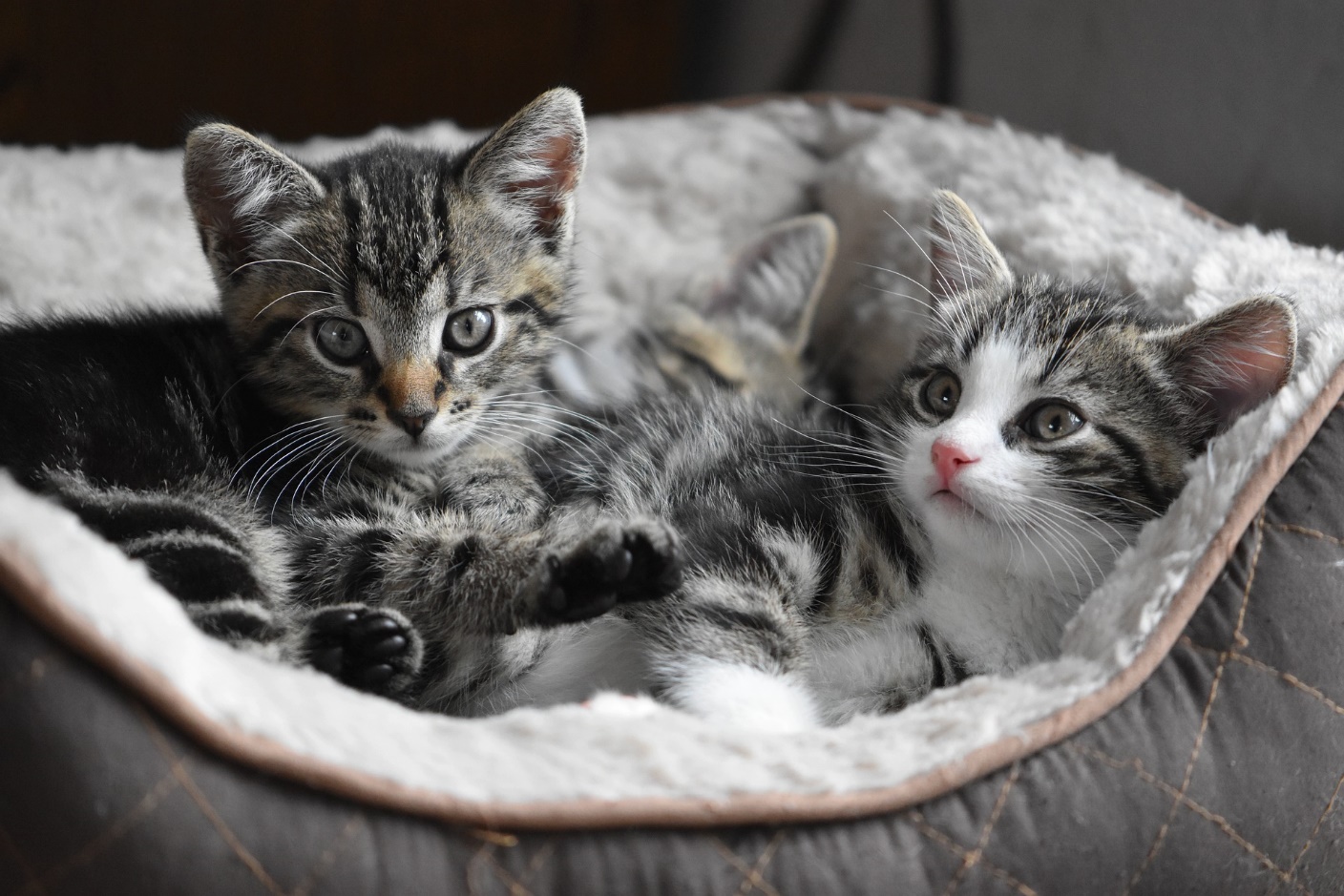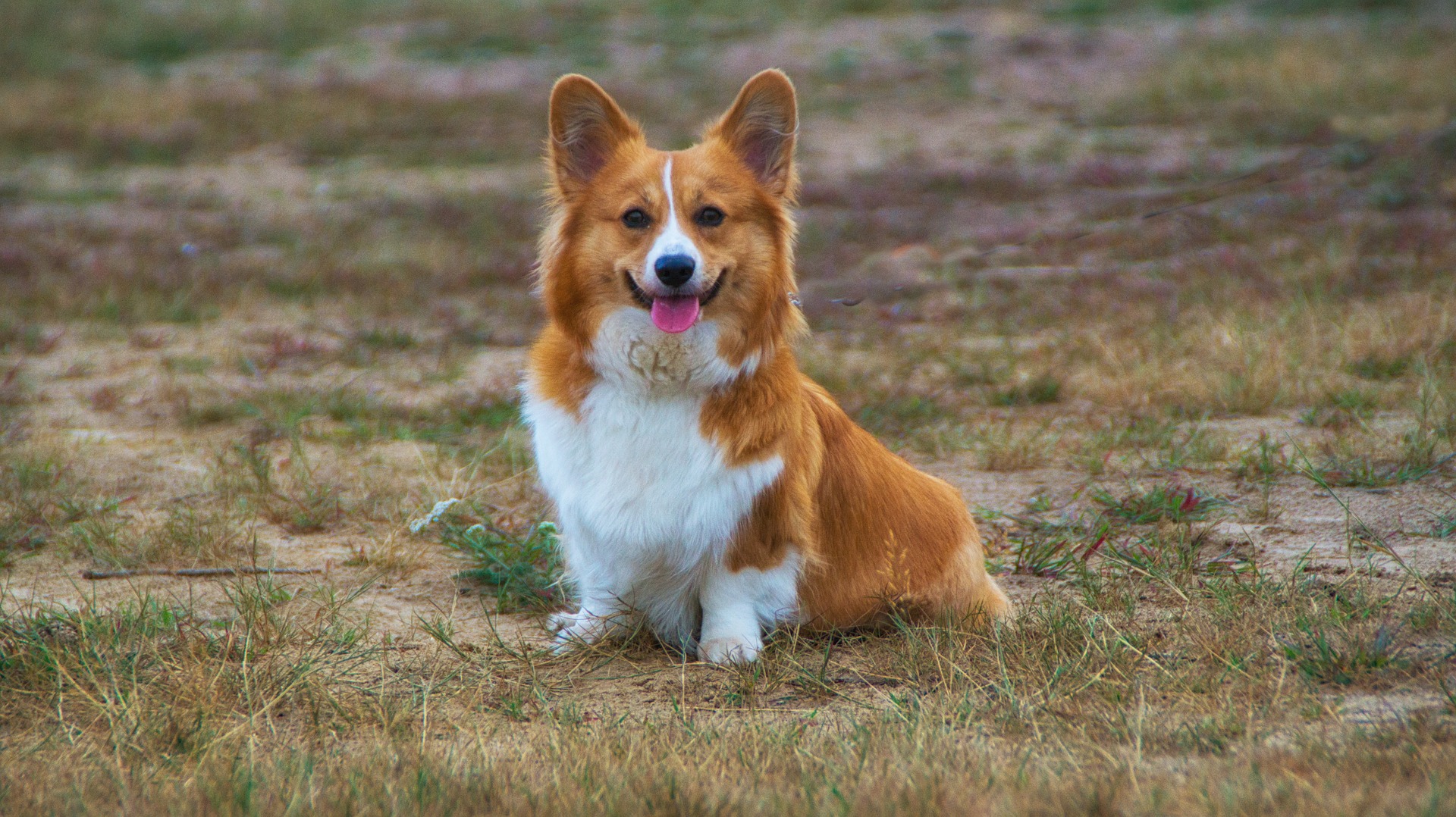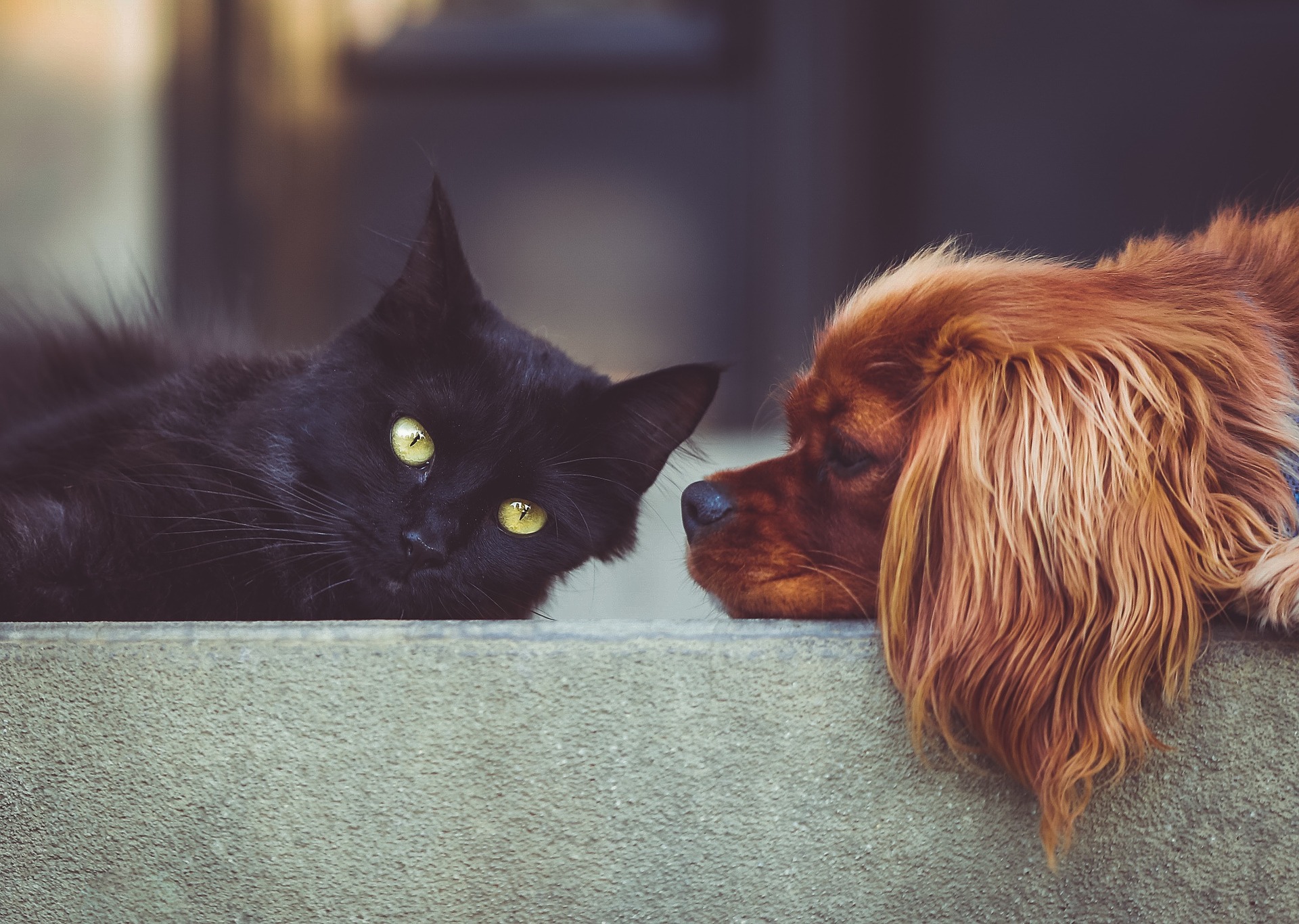Celebrities love their pets, and they often like to take pictures with their pets because those pictures look great on social media. If you are thinking of how you can get the kind of following that a celebrity does, you need to make certain that you have read up on why they take all these pictures with their pets. You could build an account with your pets that will make them very happy, help you have fun, and build your list of followers.
Maintaining social media pages for pets is becoming quite the rage. You will be surprised to know that pages on pets have millions of followers. This helps make your pet a celebrity on social media. Not only that, Instagram, Facebook, and other social platforms allow pet pages to have the coveted ‘blue marked’ authentic tick! This means that according to social media platforms, these pages contribute real value to the platform.
If you are looking to convert your cat or dog into a social media Influencer, you need to take note of this article. Within a year, your pet could be signing endorsement deals worth thousands of dollars with pet product manufacturing companies.
1. They Have Interesting Pets:
Celebrities often have exotic pets because they can afford to care for these pets. These pets are very interesting, and they could be something that plays right into the personality of the celebrity. This could be something like a snake, or it could be as interesting as an exotic bird or cat. It all depends on what the person likes. If you look at celebrities throughout history, Mike Tyson had a tiger. That says a lot about his personality. Slash had snakes. These pets are a pure embodiment of the person.
2. They Are Cute:
Pets are cute, and celebrities just want people to love their pets as much as they do. This is something that people need to take a look at, and it is very smart for people to consider that their pets look just like these pets. However, some celebrities will raise their pets to the level of celebrity.
3. The Celebrity Pet:
There are celebrity pets that are celebrities in their own right. These pets are often on their own social media accounts, and the celebrities like to show them off. This is just a fun thing to do that most people would not do on their own. Because of this, the pets could garner even more appeal than the person that owns them.
4. Monetized Social Media:
Monetizing social media is something that people can do very easily. If you are not sure how to do this, you can follow the example for eh celebrities who came before you.
5. They Want To Feel Normal:
Celebrities live in the public eye, and they often cannot go into public alone. When their pets are part of the story, these celebrities will be much more likely to truly human in these posts because they are just enjoying time with their pets. Plus, these are fun things for the public to see every day.
Conclusion:
Keeping a pet can be the most satisfying experience of your life. Their unconditional love and warmth can help you tide over the most difficult of situations. However, you can also use your pet to help others get inspiration, warmth, and love.
Nothing is more joyful and satisfying than acute and lovable dog telling you on social media that it is there for you. It might sound stupid, but trust me it really helps.
Read Also:






















